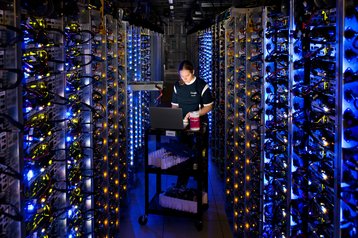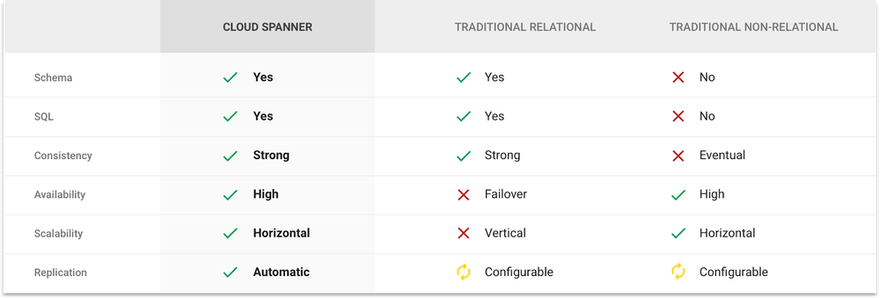Google is bringing its global NewSQL database system ‘Spanner,’ responsible for keeping more than 2,000 of its services running, to Google Cloud Platform.
Launching as a public beta, the distributed relational database service makes use of atomic clocks and GPS systems in its data centers around the world to synchronize time between facilities separated by great distances.
A spanner that works
“When building cloud applications, database administrators and developers have been forced to choose between traditional databases that guarantee transactional consistency, or NoSQL databases that offer simple, horizontal scaling and data distribution,” product manager for Cloud Spanner, Deepti Srivastava, said in a blog post.
“Cloud Spanner breaks that dichotomy, offering both of these critical capabilities in a single, fully managed service.”
He added: “Over the years, we’ve battle-tested Spanner internally with hundreds of different applications and petabytes of data across data centers around the world. At Google, Spanner supports tens of millions of queries per second and runs some of our most critical services.”
Google claims that the service is unlike others, in that there is less of a trade-off between consistency and scale. The company says that Cloud Spanner can serve data with single-digit millisecond latencies, while maintaining transactional consistency and up to 99.999 percent.
Eric Brewer, VP of infrastructure at Google Cloud, said in a blog post, that the key to achieving both consistency and scale is Google’s private network. “Unlike most wide-area networks, and especially the public Internet, Google controls the entire network and thus can ensure redundancy of hardware and paths, and can also control upgrades and operations in general,” he said.
Another aspect that plays a part in Spanner’s system is Google’s TrueTime, which synchronizes time across all of its data center and racks.
Brewer said in a white paper: “The underlying source of time is a combination of GPS receivers and atomic clocks, both of which can maintain accurate time with minuscule drift by themselves. As there are “time masters” in every data center redundantly), it is likely that both sides of a partition would continue to enjoy accurate time. Individual nodes however need network connectivity to the masters, and without it their clocks will drift.”
Google also revealed that it plans release TrueTime for direct use by Cloud customers in the future.


